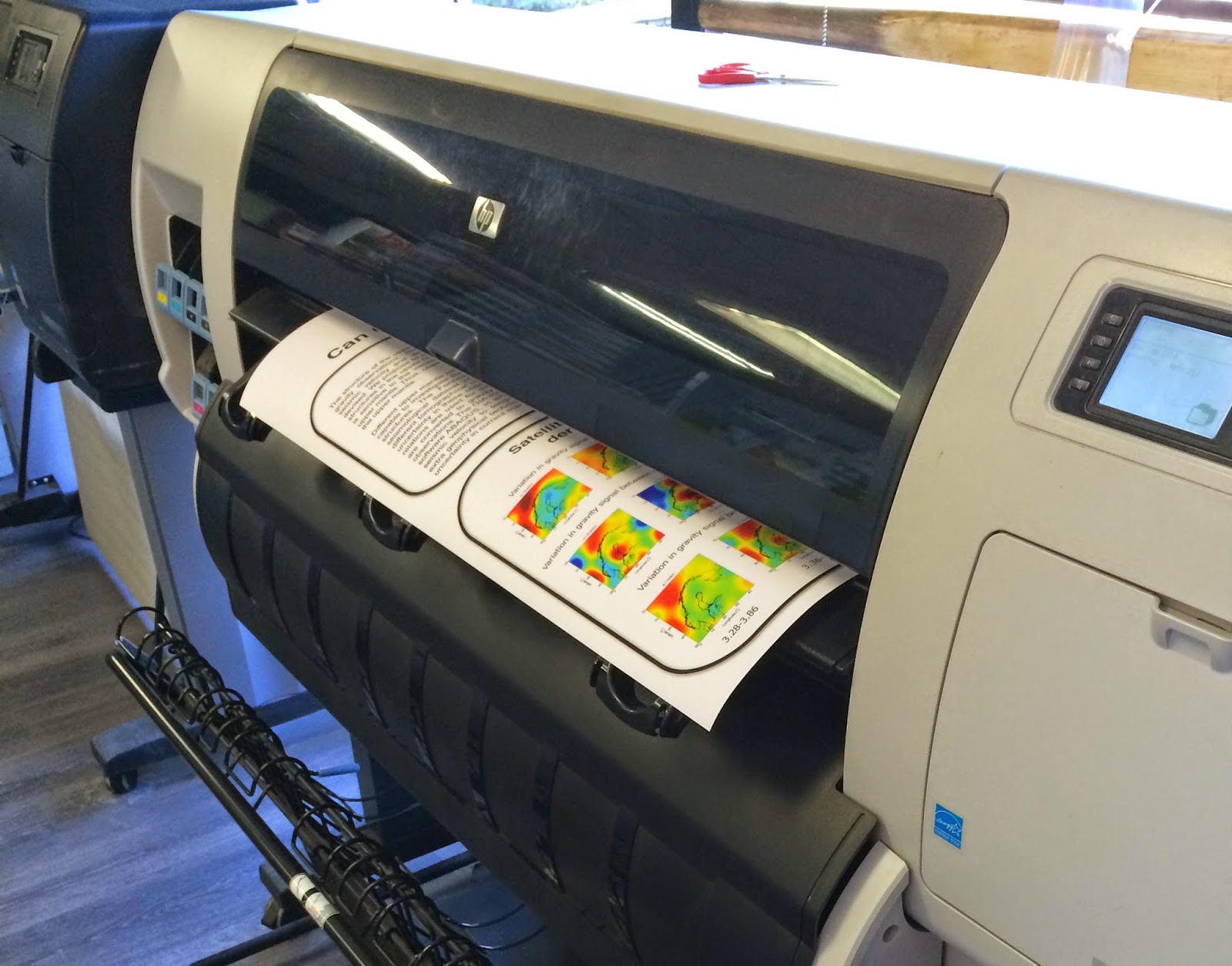Work of a student: starting his own blog!

The DopTrack satellite tracking station is in full operation these last weeks. In the Space Minor at the university during my module "Satellite Operations", students are visiting the station and record satellite signals, especially Delfi-C3 and the ISS are very popular. The students then need to determine the Time of Closest Approach (TCA) and the corresponding frequency (FCA). This requires some FFT, but I am confident that they will manage. Furthermore, our intern student has done work on the ground station. His job is to estimate the precision of the Doppler measurements of DopTrack. The last few weeks he has been working at the theory behind the Doppler measurement and some of its characteristics. So with the motto "More scientists and engineers should blog", I asked him to write a blog post about his finding. His results give a clear description about the Doppler measurement. Please follow the next link for his work: http://msondergaard.blogspot.nl/201








